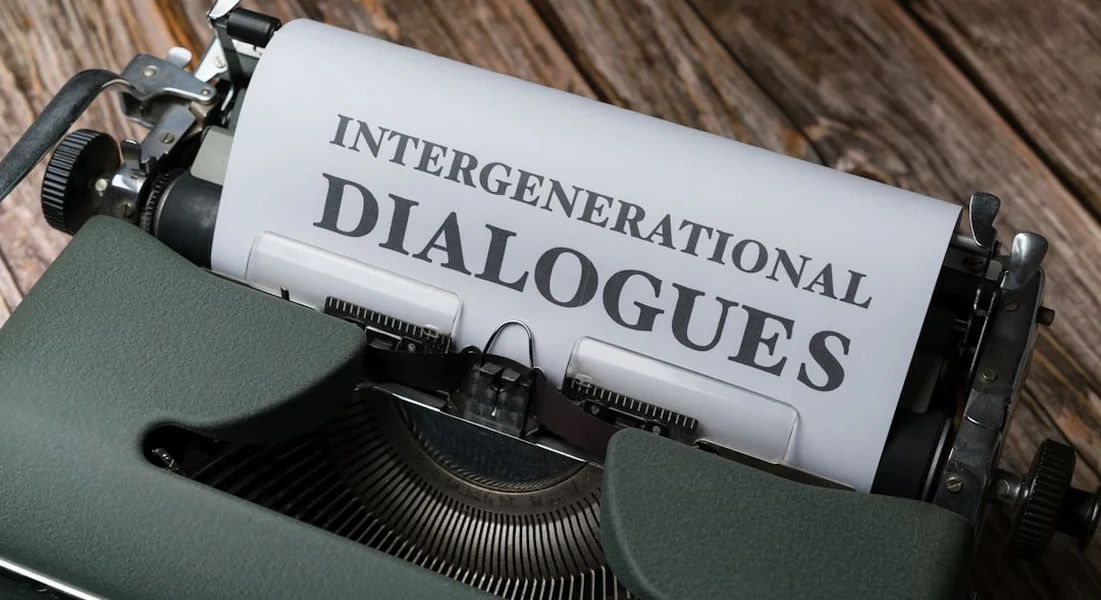The Role of Context and Cultural Sensitivity in Refining Machine-Written Material
Have you ever read a piece of content that technically made sense but felt completely tone-deaf to your cultural experience? As artificial intelligence becomes increasingly sophisticated at generating written content, a critical challenge emerges: ensuring that machine-written material respects cultural nuances and contextual appropriateness. This gap between technical accuracy and cultural sensitivity represents one of the most significant hurdles in the evolution of AI-generated content.
The intersection of technology and human communication has never been more complex. While machines can process vast amounts of data and generate grammatically correct text at unprecedented speeds, they often struggle with the subtle art of cultural awareness. This challenge affects everything from marketing campaigns to educational materials, making the refinement of machine-written content a crucial skill for modern content creators and editors.
Understanding the Cultural Blind Spots of AI
Machine learning models are trained on massive datasets that reflect the biases and perspectives of their source material. When an AI system generates content, it draws from patterns in this training data without truly understanding the cultural weight of certain phrases, references, or assumptions. This limitation can lead to content that inadvertently excludes, offends, or misrepresents diverse audiences.
Consider a marketing AI tasked with creating promotional content for a global audience. Without proper refinement, it might use idioms that don’t translate across cultures, reference holidays that aren’t universally celebrated, or make assumptions about family structures that don’t apply worldwide. These oversights aren’t just minor inconveniences—they can damage brand reputation and alienate potential customers.
Common Cultural Missteps in Machine-Generated Content
- Idioms and colloquialisms that lose meaning or cause confusion when translated
- Color symbolism that varies dramatically across cultures (white representing purity in Western cultures versus mourning in some Eastern cultures)
- Numerical preferences and superstitions that differ by region
- Gender assumptions embedded in language structures
- Religious or spiritual references that may be inappropriate for diverse audiences
The Importance of Contextual Awareness
Context shapes meaning in profound ways that machines struggle to grasp. A phrase that’s perfectly acceptable in a casual blog post might be inappropriate for a formal business proposal. Similarly, content that resonates with teenagers might fall flat with senior executives. Refining machine-written material requires a deep understanding of not just what is being said, but who is saying it, to whom, and under what circumstances.
I once worked with a client whose AI-generated product descriptions were technically accurate but completely missed the mark for their luxury audience. The content used casual language and focused on practical features rather than the aspirational lifestyle their customers sought. After refining the content with appropriate context in mind, engagement rates increased by 40%.
Key Contextual Factors to Consider
- Audience demographics: Age, education level, professional background, and cultural identity
- Platform requirements: The difference between LinkedIn professionalism and Twitter casualness
- Industry standards: Medical content requires different precision than lifestyle blogging
- Regional variations: Even within the same language, regional differences matter
- Temporal relevance: References and examples that resonate with current events
Best Practices for Cultural Refinement
Transforming machine-generated content into culturally sensitive material requires both systematic approaches and human intuition. The process begins with recognizing that cultural sensitivity isn’t about avoiding all potentially controversial topics—it’s about approaching them with respect, nuance, and awareness.
Step-by-Step Refinement Process
- Initial Assessment: Review the machine-generated content for obvious cultural red flags
- Audience Analysis: Identify your target demographic and their cultural contexts
- Language Localization: Adapt idioms, examples, and references for your specific audience
- Sensitivity Review: Check for unintentional biases or exclusionary language
- Expert Consultation: When possible, have native speakers or cultural experts review the content
- Testing and Feedback: Use A/B testing or focus groups to validate cultural appropriateness
One particularly effective technique is the “cultural lens” approach. Before publishing any refined content, view it through the eyes of someone from a different cultural background. Would the examples still make sense? Would the tone feel appropriate? This mental exercise helps identify blind spots that might otherwise go unnoticed.
Future Trends in Culturally Aware AI Writing
The future of machine-written content lies not in replacing human cultural understanding but in augmenting it. Emerging technologies are beginning to incorporate more sophisticated cultural parameters into their algorithms. Some systems now allow users to specify target cultural contexts, adjusting output accordingly.
We’re also seeing the development of “cultural APIs” that can flag potentially sensitive content in real-time. These tools don’t make decisions for content creators but provide valuable insights that inform the refinement process. As these technologies evolve, the partnership between human cultural intelligence and machine efficiency will become even more seamless.
Emerging Technologies and Approaches
- Multi-cultural training datasets that represent diverse perspectives
- Real-time cultural consulting tools integrated into content management systems
- AI models trained on regional variations of languages and customs
- Collaborative refinement platforms connecting content creators with cultural experts
- Automated bias detection systems that flag potential issues before publication
Key Takeaways
The refinement of machine-written material through the lens of context and cultural sensitivity isn’t just a nice-to-have—it’s essential for creating content that truly connects with diverse audiences. As AI continues to play a larger role in content creation, the human touch becomes more valuable than ever in ensuring that technology serves all people respectfully and effectively.
Remember that cultural sensitivity in content isn’t about walking on eggshells or avoiding meaningful topics. Instead, it’s about approaching communication with empathy, awareness, and a genuine desire to connect across cultural boundaries. By combining the efficiency of machine generation with thoughtful human refinement, we can create content that not only informs but also respects and celebrates the rich diversity of human experience.
The most successful content strategies of the future will be those that recognize machines as powerful tools rather than complete solutions. By understanding the crucial role of context and cultural sensitivity in refining machine-written material, content creators can harness the best of both worlds: the speed and scale of AI with the nuance and empathy of human understanding.




